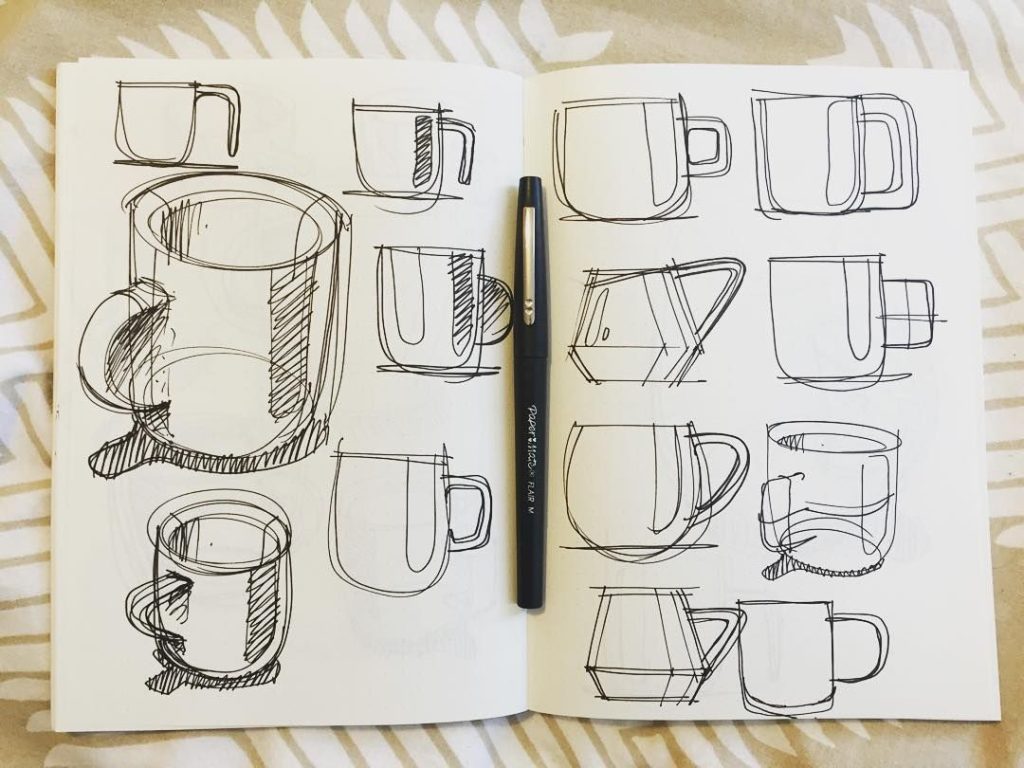Background: The project aims to leverage the superior product design abilities of the human brain to develop a novel evolution design system. The program involves generating a random array of a specific type of product, like mugs. Users will then mentally imagine their desired product, select the closest match from the array, and the program will generate a new set of products slightly closer to the chosen one. Through iterative selections, users will ultimately obtain an array of product that closely resemble the initially imagined product.
Project Goal: The primary goal is to create an innovative evolution design system that harnesses human cognitive strengths in product creation. By utilizing user feedback and iterative refinement, the system aims to generate a set of products that progressively converge toward the user’s imagined product.
What this team has been up to: We reviewed the work of the previous Face Design Evolution team and pivoted our approach to build an ML-powered web platform for general image generation. For HFE, we conducted a competitive analysis, secondary research, and created low-fidelity prototypes using Figma. For CS, we experimented with different machine learning tools such as OpenAI, BigGAN, TensorFlow, and OpenCV to determine a plan for implementing the mug evolution functionality. Now, the HFE team will focus on conducting user research, including interviews to analyze the workflow and uncover the needs and pain points of individuals with experience in the design field, primarily students and professionals. These insights will inform our design process as we validate our approach and enhance the Figma prototype with more detailed interactions before running usability tests. We will also compile design documentation throughout the design process. The CS team will concentrate on developing the iterative design system using machine learning/AI tools like BigGAN, TensorFlow, OpenCV, and scikit-learn. Our goal is to generate a grid of mug images, adjust the attributes based on user selections, and refine the prototype to integrate these features with the website’s back-end.
Focus areas: product design, computer science, augmentation, drawing/modeling
